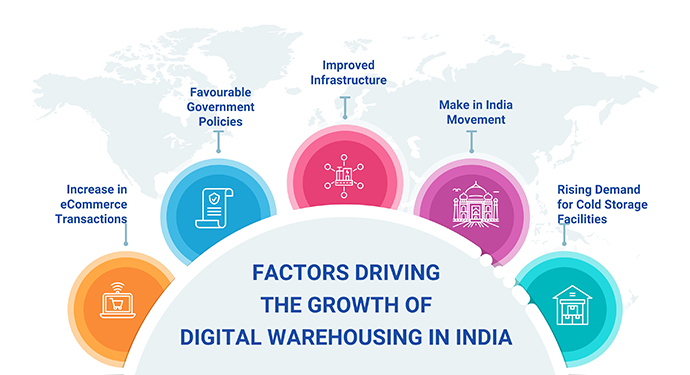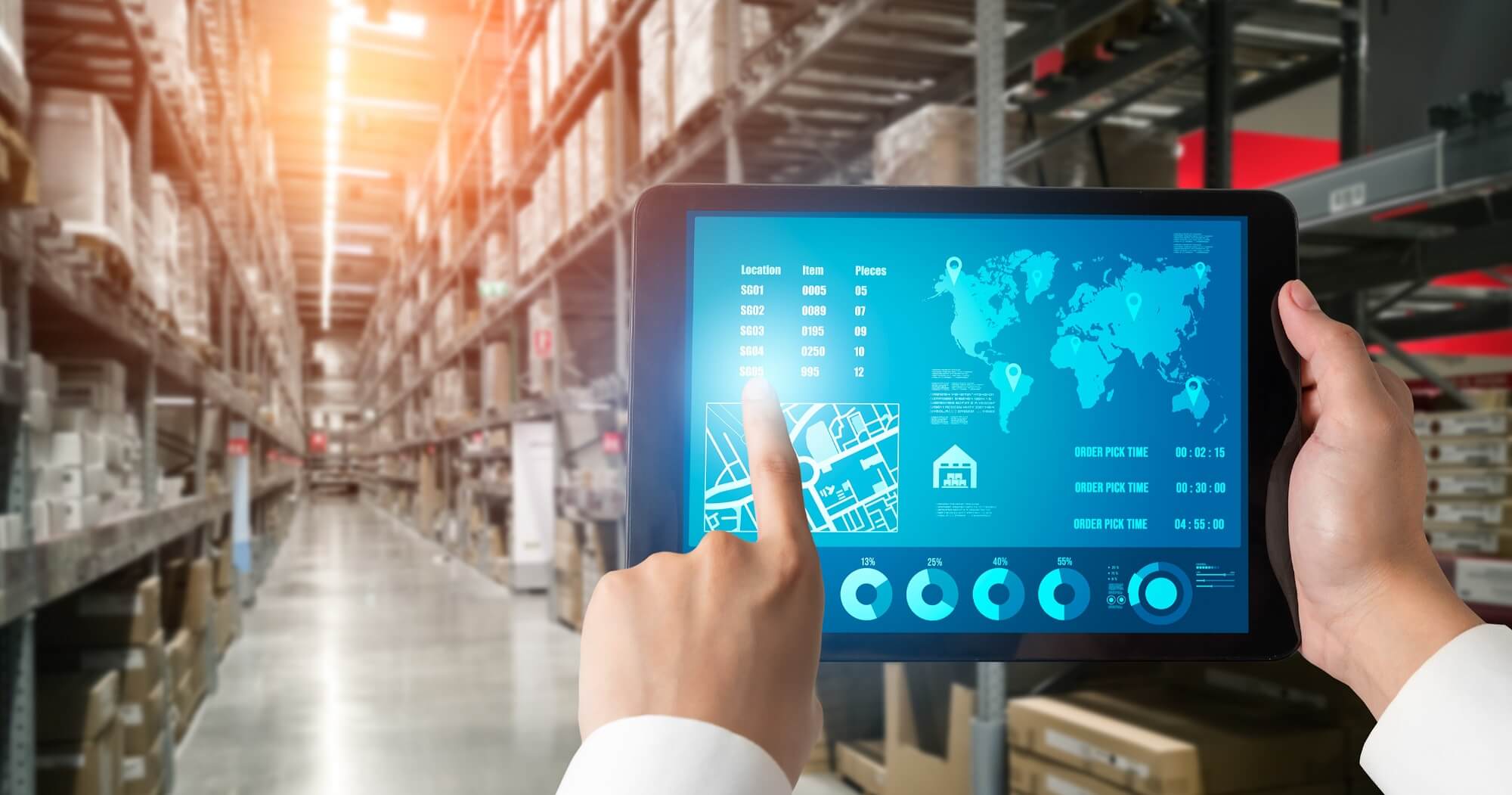This article is the first in a series of blog posts covering the rise of digital warehousing in India, including government policies and sector-wide influences driving this change.
This blog series will explore the recent trends in India’s warehousing and logistics sector, such as the emergence of dark stores, multi-modal logistics parks, and technological advancements. It will also provide an in-depth analysis of these trends and their impact on the industry. Additionally, the series will examine the potential opportunities these trends may present for businesses.
Introduction
A few decades ago, the word “Godown” would conjure up a picture of dingy, dusty, decaying buildings with little to no ventilation, most likely with a pest infestation in the remote outskirts of cities with nothing more than just a roof with four walls that housed stacked goods from floor to ceiling. The concepts of health hazards and safety measures would not be contended with at all.
Fast-forward to 2023, and the term “Godowns” has metamorphosed into “Warehouses” that go far beyond being just storage and distribution solutions. With high-quality climate control infrastructure and sustainable state-of-the-art facilities and IoT enabled smart warehouses, we have come a long way indeed.
The warehousing process in India has been revolutionized with systemic changes in recent years, with Grade A warehouses (WH) increasing their average size (physical real estate of WH) by twofold and their volume (transactions processed by WH) by threefold. This can be attributed to the introduction of cutting-edge technologies and the drive for automation, allowing businesses to streamline their storage, management, and distribution procedures in a more efficient and cost-effective way. With these advancements, the industry is set to continue its growth trajectory and remain at the forefront of innovation.
Next-Generation warehouses will likely focus on automation and technological integration. These digital warehouses would include the use of robotics and artificial intelligence to help with tasks such as inventory management, order fulfillment, and customer service.
Warehouses may even become more like mini-factories, with 3D printing, automated sorting and packing, and other advanced technologies being used to improve efficiency. There could also be an increase in the use of virtual reality and augmented reality technologies to help with training, task allocation, and product demonstration. In addition, there may be a greater focus on sustainability, with the use of renewable energy sources and energy-efficient buildings.
Factors driving the growth of digital warehousing in India

Increase in eCommerce Transactions:
India’s e-commerce sector has been growing rapidly in recent years. This has created a demand for more warehousing space across the country.
Favourable Government Policies:
The government of India has announced several favorable policies that have encouraged the growth of the warehousing industry. These include the Warehousing Development and Regulatory Authority (WDRA) Act of 2007, the National Logistics Policy of 2019, and the National Infrastructure Pipeline. Reformed tax structures like GST have further led to a significant rise in investments in the warehousing sector, especially for free trade warehousing, zones (FTWZs), and logistic parks.
Improved Infrastructure:
The government has been investing heavily in developing the infrastructure of the country, which has made it easier for companies to set up warehousing processes in India. This has resulted in an increase in the number of warehouses across the country.
Make in India Movement:
The manufacturing sector in India has been growing at a rapid pace in recent years. This has created a demand for more warehousing space to store raw materials and finished goods.
Rising Demand for Cold Storage Facilities:
With the rise in demand for fresh and frozen foods, there has been an increase in the demand for cold storage facilities. This has been driving the growth of warehousing in India.
What do these enablers mean for the rise in digital warehousing? Which stakeholders stand to benefit in what specific ways? Most importantly, what challenges should the industry watch for? We will cover each of these aspects in detail in subsequent posts.
Author: Krishna Raj Kodoth





